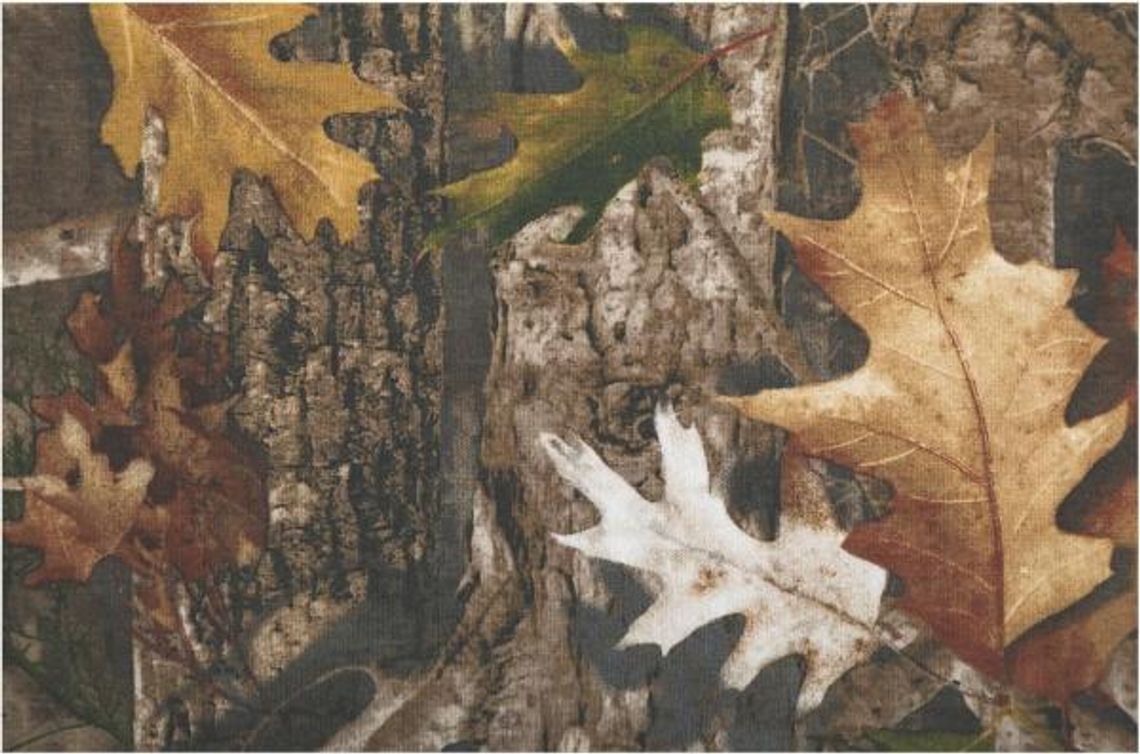With drought, ice storms, harsh summer heat and water restrictions, many of the Hill Country’s precious trees are suffering and dying, some infected with a deadly fungus.
In autumn, it is a normal process for leaves to change colors and fall; nighttime increases, and daytime shortens. As the weather cools, trees begin the process of conserving moisture within their trunks to prevent drying out. They begin shedding or dropping their leaves (a process called “abscission”) to spend less energy through the colder months. The chlorophyll production in the leaves slows down and then stops; eventually, all the chlorophyll in the leaf is destroyed. The carotenoids and anthocyanin that are present in the leaf are unmasked and show their colors.
The recent Texas summer was abnormal with at least 70+ days with temperatures in the triple digits with very little rainfall. The effects of low water and high temperatures have been devastating on local aquifers with high demand and low input. If you pay attention, you will notice the dry, crispy effect on the trees and their leaves.
During a period of extreme heat and thirst, stressed trees drop their leaves to conserve water intake. Tree growth slows and/or stops. The natural tree processes of respiration and transpiration slow down, and the stomata (or pores) in the leaves close. This slowing causes the leaves to brown as the chlorophyll in the leaf diminishes and the leaf drops. (In the rare event of flooding, too much water can also cause tree leaves to yellow and drop, while the roots up to the tree canopy can be suffocated and stressed.)
In our region, we are experiencing an early fall caused by drought stress.
Tree drought stress can also look like oak wilt infection.
According to The Texas A&M Forest Service, oak wilt is a vascular disease that is caused by the fungus, Bretziella fagacearum. It is the most destructive disease affecting live oaks and red oaks in Central Texas. Take a drive through Central Texas and local neighborhoods and you can witness the decline and death of miles of oak trees.
Above ground, the infections of fungal oak wilt mats occur only on extremely susceptible red oak trees. The disease is then spread by insects to wounded oak trees in the spring and early summer. New fungus centers occur when beetles “carry oak wilt fungal spores from infected red oaks to fresh open wounds on healthy oaks,” according to the forest service.
A tell-tale symptom of oak wilt in red oak is veinal necrosis. In this disease symptom, the leaf veins turn color, usually dark brown or black, in response to the oak wilt infection. The rapid defoliation of leaves that turn brown or red is also a symptom of this disease. Most infected red oaks die within 4–6 weeks without treatment.
In the white and live oak, oak wilt symptoms include tip burn, marginal necrosis, venial necrosis and vein banding. White and live oaks have a 5–15% survival rate with no treatment. Notably, the growing and spread of oak wilt occurs only in live trees; oak wilt does not live in dead trees.
Below ground, most oak tree mortality results from a spread of oak wilt pathogens through interconnected oak tree root systems that establish an infected “center.” As the disease spreads quickly from tree to tree, a visible pattern of dying trees and defoliation can be observed in the canopy.
Diagnosing oak wilt amidst drought and high temps is very tricky. If you suspect that your trees have oak wilt, consider the following: If you have observed oak wilt symptoms or severe deterioration in your oak trees, it is highly recommended that you consult with an ISA Certified Arborist or an Oak Wilt specialist with your questions about diagnosis and treatment. In Hays County, Karl Flocke, the Texas A&M Forest Service Woodland Ecologist, is an excellent resource for county residents.
White or Live Oak Wilt infected trees can survive with fungicide treatments. Sometimes, repeat treatments are necessary. Because of the current slow growth in trees resulting from the drought and heat, tree roots are receding, and the infected tree will not spread the disease through its roots. Infection will increase as the heat and drought subside.
Infected red oak trees should be cleared and destroyed immediately to avoid the spread of the oak wilt fungal mat. Do not use the wood for any purpose. It should be chipped and burned.
Although trenching (severing tree roots 100 feet removed from diseased trees in 4” trenches) and fungicide injections (with a two-year efficacy rate) are commonly used in the treatment of oak trees diagnosed with oak wilt infection, neither is recommended right now. Because of the current environmental stresses of heat and drought, diagnosis testing will not be valid. According to Jacob McElroy, an ISA Certified Arborist and proprietor of Simple Leaf Tree Care Co., this is not a good time to inject infected trees with fungicide. His advice: “Don’t do oak wilt treatment until the weather cools and the soil is wet from rain.”
Do not cut nor prune trees between Feb. 1 and June 30. Paint all cuts and wounds on oak trees, regardless of season.
Plant trees that are native and adapted to this area and diversify in your choice of trees. Choosing trees for your yards that tolerate heat and low water situations might be beneficial in the current climate changing home environments. The best times to plant a tree are early fall and early winter; Arbor Day, Nov. 4, is the best time to plant a tree.
If you should need oak wilt cost-share assistance, contact Texas A&M Forest Service for a federal cost-share program, called the Texas Oak Wilt Suppression Program. This program assists landowners in sharing the cost of treatment against oak wilt. More information is available at texasoakwilt.org.
Another possible cost-sharing source of funds in Woodcreek for the fight against oak wilt can be found with the city itself, but these funds are limited. Woodcreek has been designated as a Tree City USA and has an established Tree Board and ordinance with the mission of protecting the trees in the area. More information is available at Woodcreek City Hall.
The Woodcreek Tree Board will hold an Arbor Day celebration at Triangle Park in Woodcreek on Nov. 4, from 10 a.m. to 2 p.m. There will be an Oak Wilt Walk and Talk with Karl FLocke, good food and exhibits, a tree planting exhibit, door prizes and children’s activities.
.png)











